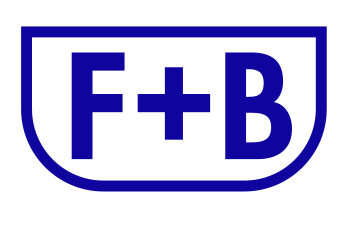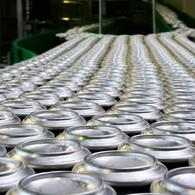Water plays a critical role in the beverage manufacturing process. Not only is it the key ingredient required for every product, but it is also used extensively throughout the end-to-end production process.
The 2014 CDP Global Water Report highlighted water security and access to a sustainable water supply as “a significant risk to company growth”. The more recent 2017 Report confirmed the emerging importance as now “70% of respondents have board-level oversight of water issues” 1 with the Consumer Staples segment (which includes food and beverage) “outperforming the cross-sector average for board-level oversight of water”.
Identifying how and where water moves through a food, beverage or dairy production site can completely transform water management and uncover savings opportunities
The beverage and brewing industry has water foot-printed its end-to-end processes for a number of years with brands continuously monitoring, reviewing, and adjusting their water:product ratio reduction targets. As targets continue to be met, finding impactful optimization opportunities becomes more difficult.
The production plant presents a variety of water saving opportunities. Some examples of how to use less water in brewing and beverage manufacturing are described below.
Reduce Water Usage in Bottle Washers
Many bottle-washers are under-optimized, using the original program settings and outdated chemistry. Manufacturers that have evaluated system design, chemical usage and cleaning procedures in relation to current recipes and production schedules have uncovered up to 30% reduction in water usage.
Replace Wet Conveyor Lubrication with Dry
A substantial volume of water is used in traditional conveyor lubrication methods, either with a wet lube or on its own. Using dry lubrication on a high volume, high speed can packaging line can save as much as 2.5 million litres of water per year. Replacing water-based lubes with water-free alternatives on a returnable glass bottle line can save three times as much.
Optimizing Factory Cleaning and Sanitation Processes
Maintaining a good level of hygiene and sanitation is required to ensure drinks are produced safely. Cleaning processes such as CIP (cleaning in place), OPC (open plant cleaning), spraying and rinsing, can account for as much as 70% of all factory water usage.
Simple changes that can be implemented include:
- Reducing temperatures and utilizing low-temperature detergents
- Switching from 5-step hot cleanings to 3-step cold
- Optimizing timings to specific recipes rather than applying the setting for the most difficult to all cycles
Behavioural Water Mapping and Employee Training
Usage monitoring can uncover individual wasteful behavioural practices which are outwith standard operating procedures. Presenting a holistic map of how employees use, and waste, water can help increase its value and influence new behaviours and best practices.
Mass Balancing Water In and Out
Identifying how and where water moves through the site can completely transform water management and uncover savings opportunities. Performing a basic mass balance of water in versus water out could identify leaks in the distribution system and calculate the impact on usage as well as cost.
Water reduction and optimization is a common thread across the Diversey Knowledge-Based Services portfolio range.
From the dedicated AquaCheck program to FillerCheck and LubeCheck, millions of liters of valuable water are being saved year on year, positively impacting water:product ratios and delivering a direct improvement on the bottom line.





